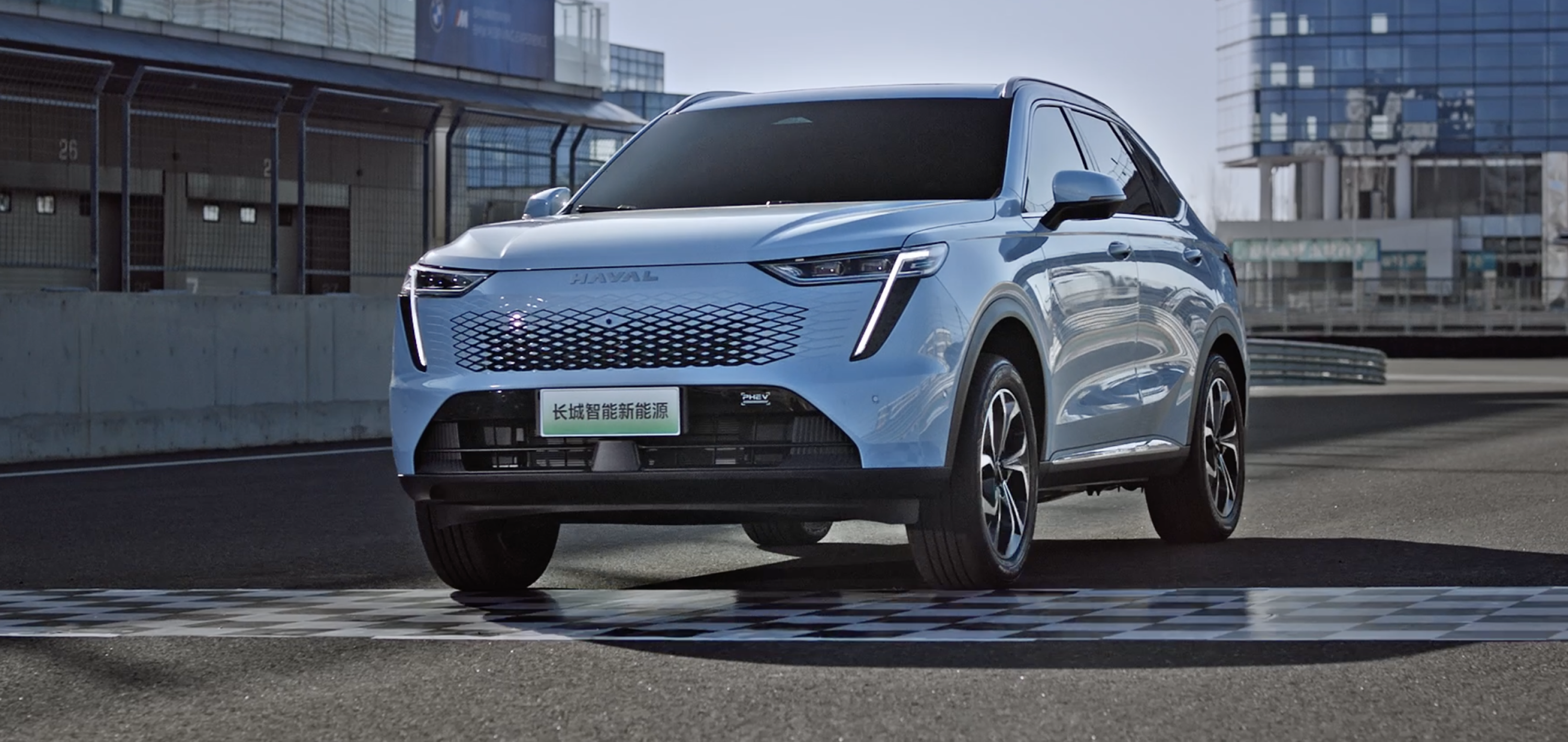Snapshot
- PHEV with up to 340kW outputs
- Promised 100km electric driving range
- Dual electric motors provide AWD
GWM has detailed its next-generation plug-in hybrid powertrain – called Hi4 – claiming up to 340kW, AWD with torque vectoring capability, and 100km of electric-only driving range,.
Exact details of the combustion and electric components still remain under wraps, but it sounds as though the system will be constructed around either 1.5-litre naturally-aspirated, or turbo-petrol four-cylinder petrol engines depending on the application.
GWM says its new powertrain will suit vehicles from the A segment to the C segment – that covers what we know in Australia as micro cars (Fiat 500, Kia Picanto) up to small-medium cars and SUVs such as the Volkswagen Golf, Toyota RAV4, and Kia Seltos.
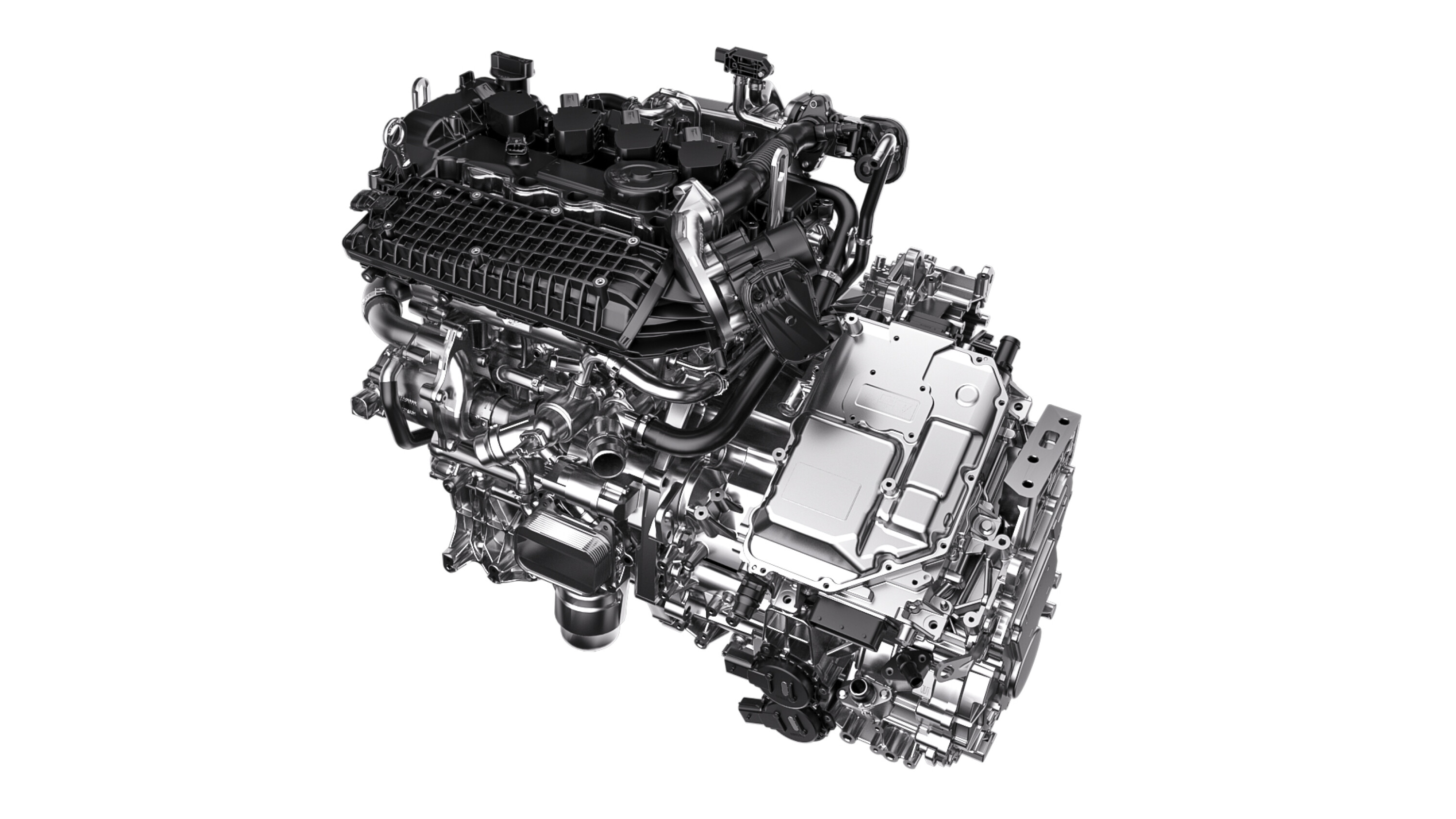
Currently, GWM only sells traditional hybrids (in the shape of H6, Jolion, and Tank 300) in Australia, with its plug-in hybrid nous headed mostly to Europe in WEY branded SUVs.
However, as the Hi4 press release was distributed via GWM’s Australian arm, we can consider the technology may be under consideration for local introduction.
The promotional video also features what appears to be a heavily facelifted baby blue Haval H6 medium SUV though it is, in fact, a new model for the Chinese market known as the Xiaolong Max.
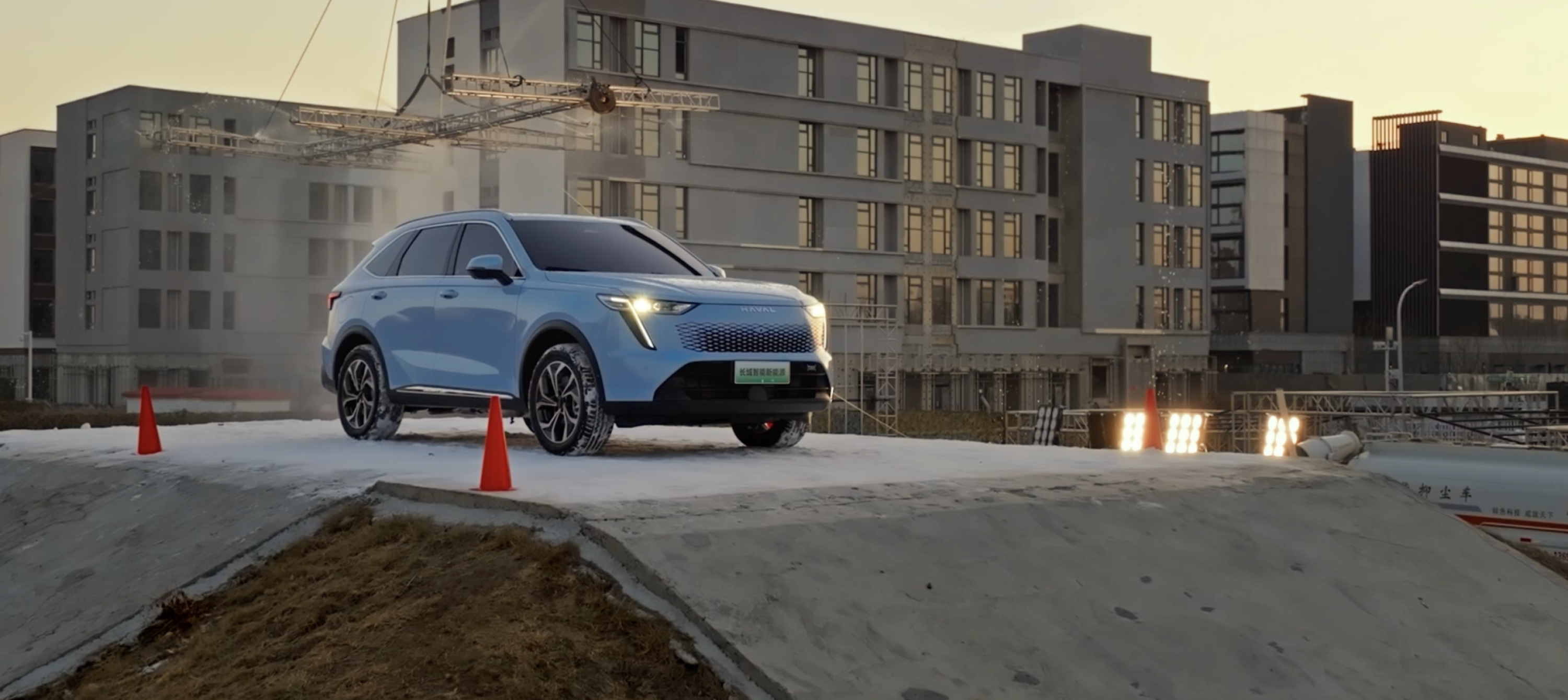
Hi4 powertrain details
Helping achieve the proposed 340kW (a significant step up on the Mitsubishi Outlander PHEV’s 185kW), is a system that GWM claims is industry-leading when it comes to thermal efficiency (41.5 per cent) thanks to direct injection and advancements in exhaust gas recirculation (EGR) tech.
With a lithium-ion battery on board (that we have to assume is around 20kWh in capacity), GWM claims vehicles will be capable of 100km electric driving range. Charging will take 30 minutes from 30-80 per cent, according to the carmaker.
Not unlike Mitsubishi’s Outlander PHEV, GWM’s Hi4 system employs two electric motors, one at the front connected to the combustion engine and front wheels.
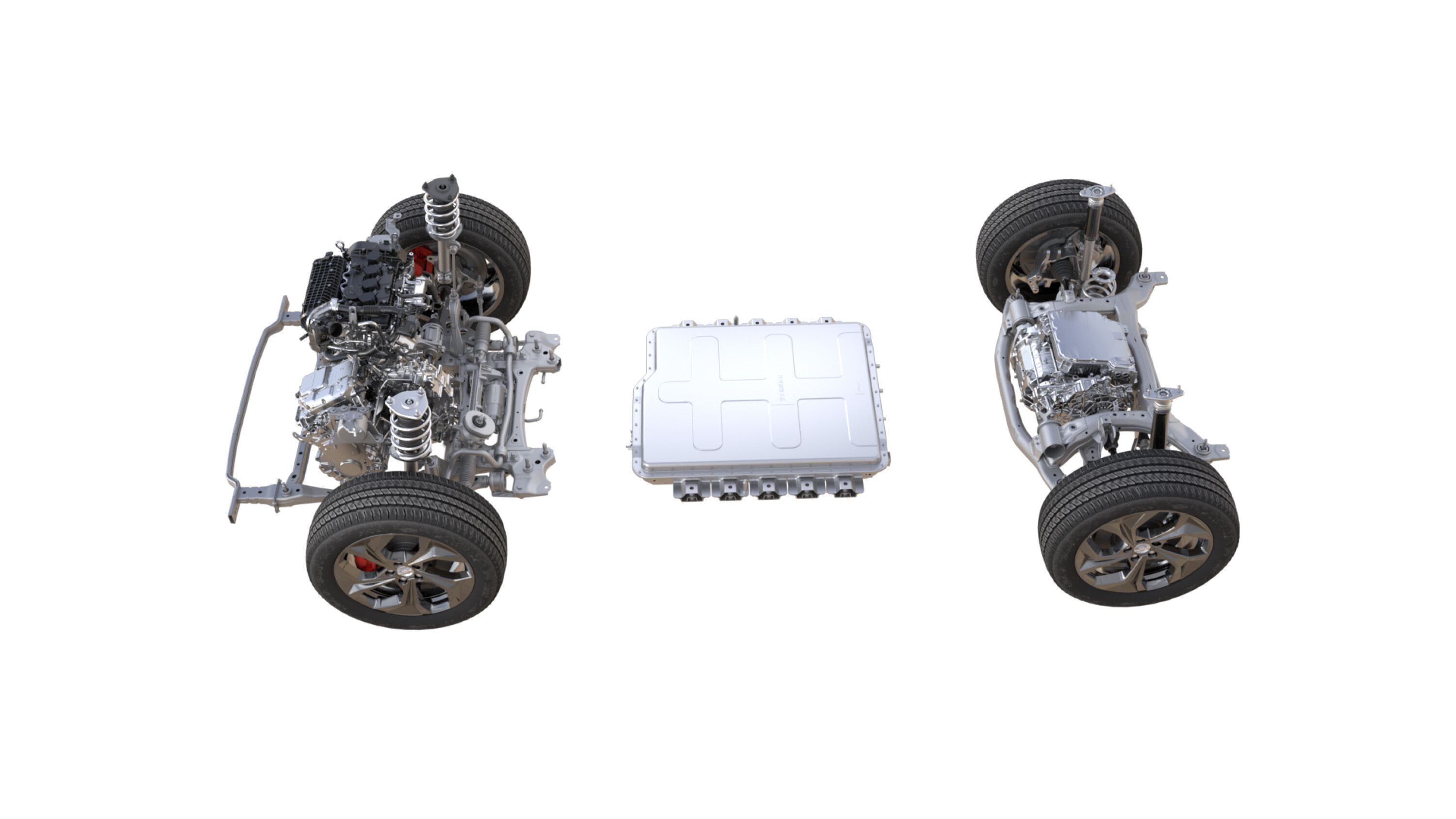
Haval gestures at an all-new transmission, but it sounds as though the Hi4 system will use a version of the two-speed dedicated hybrid transmission (DHT) that comprises a low-ratio launch gear and a high ratio cruising gear, with the electric motor’s flexible power delivery able to fill in the gaps during acceleration.
Much like Toyota’s series-parallel ‘E-four’ AWD there’s no physical connection between the front and rear motors, the rear electric motor is powered by the battery exclusively. In total, GWM claims there are nine driving scenarios that the car will cycle through to select the most efficient.
With torque vectoring – GWM calls intelligent Torque Vectoring Control for iTVC – shifts power between the front and rear axles and uses brakes to minimise slip across the axles, aiding performance in slippery conditions.
We recommend
-
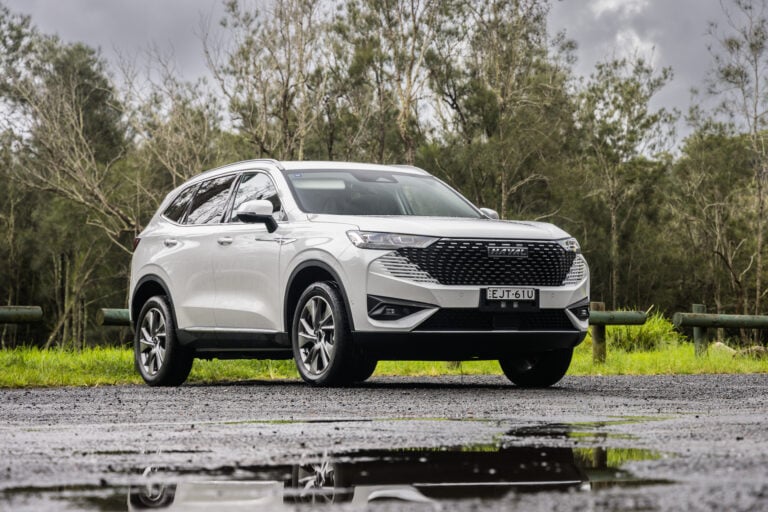 Reviews
Reviews2022 Haval H6 Hybrid review
Hybrid engine sorts out the drivetrain dramas on the standard H6 while delivering a ton of gear and a mature, competent mid-size SUV
-
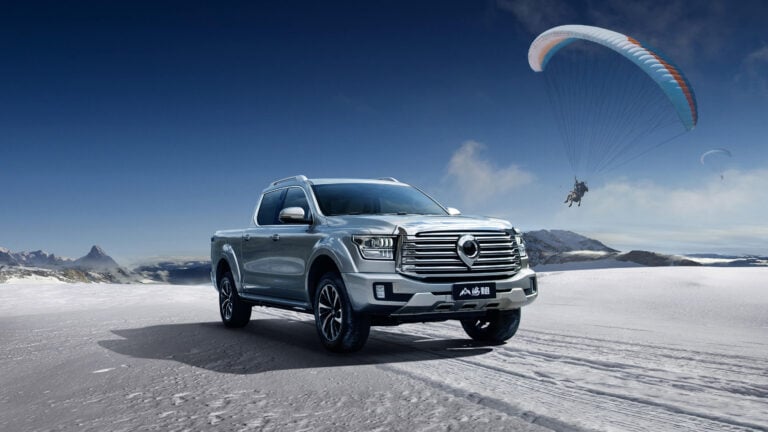 News
News2024 GWM Ute Cannon: Electric and hybrid powertrains coming
GWM looking to bring electrification to segments where it sees fit, as it becomes possible, and the burgeoning dual-cab market is on the cards


